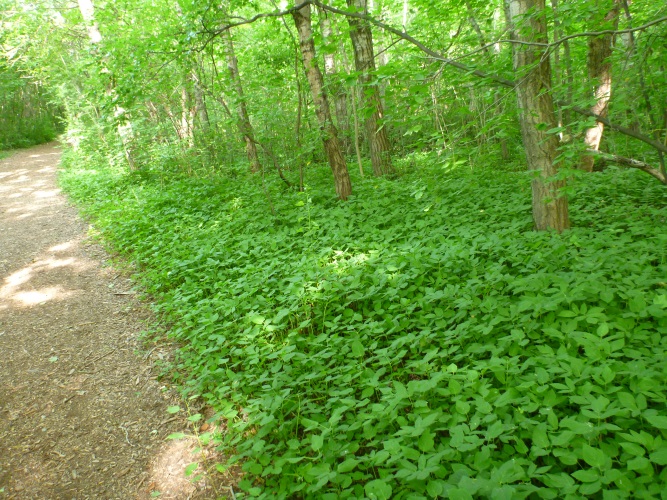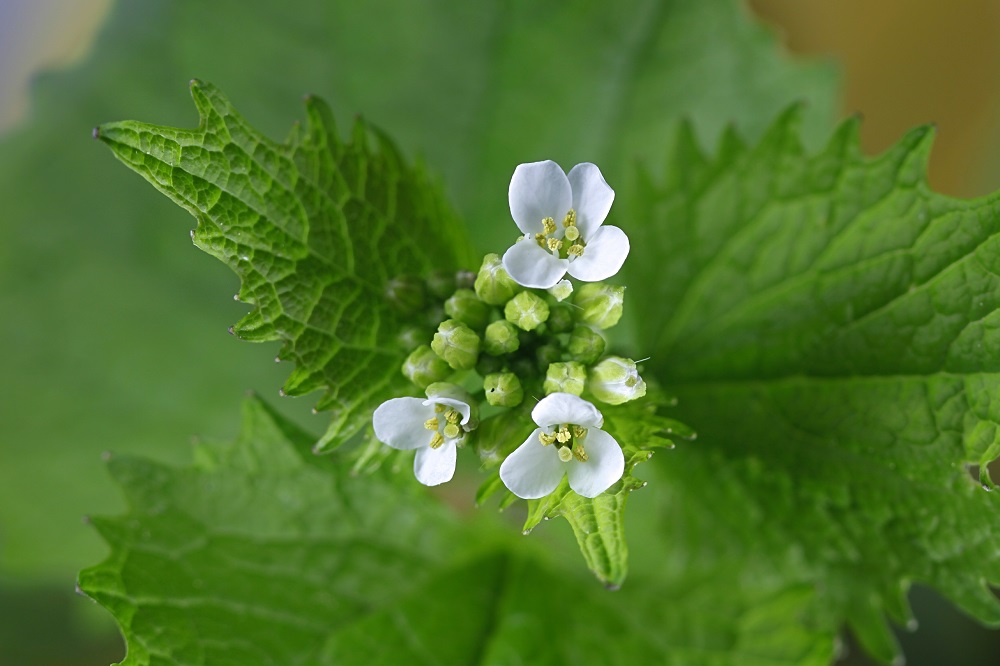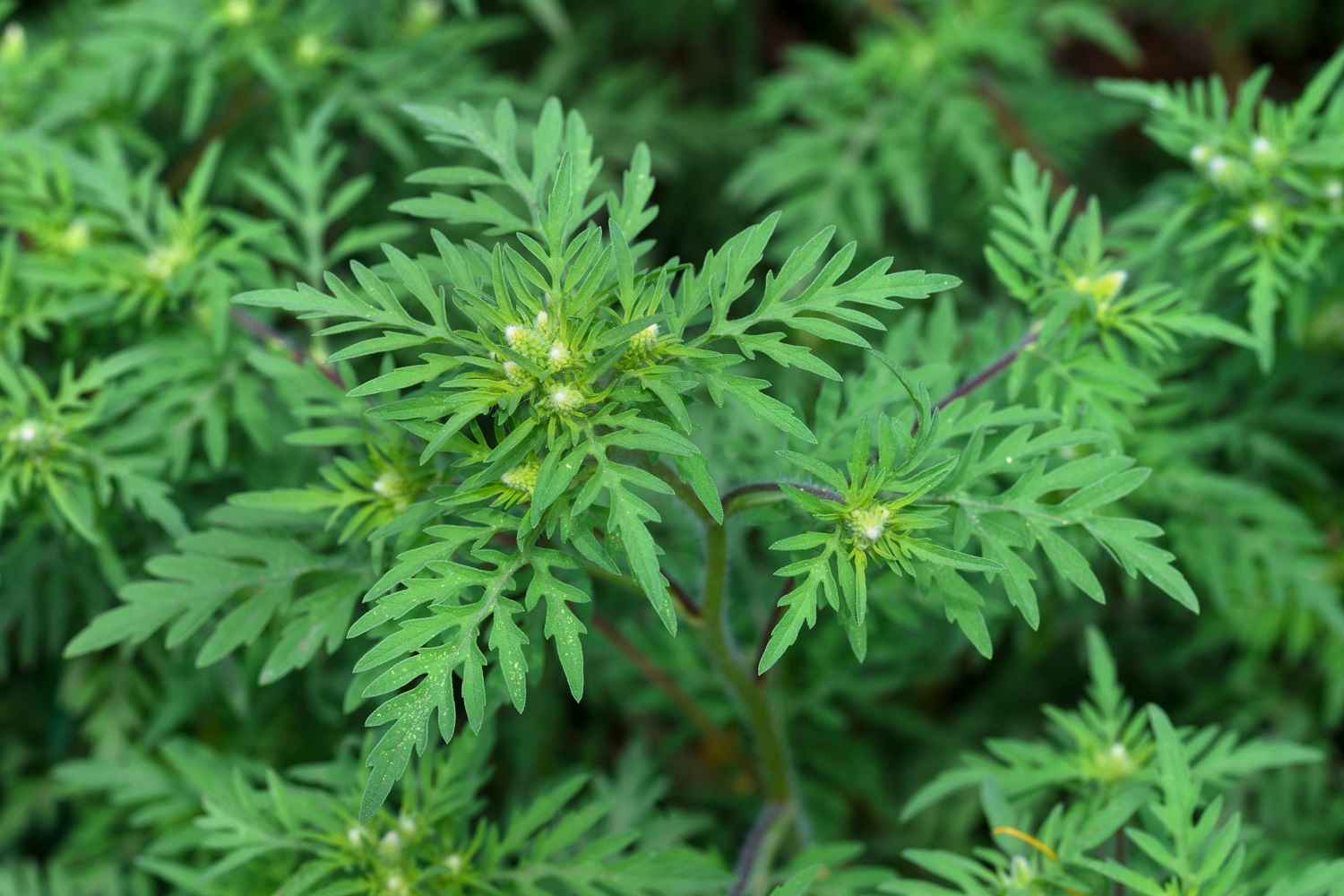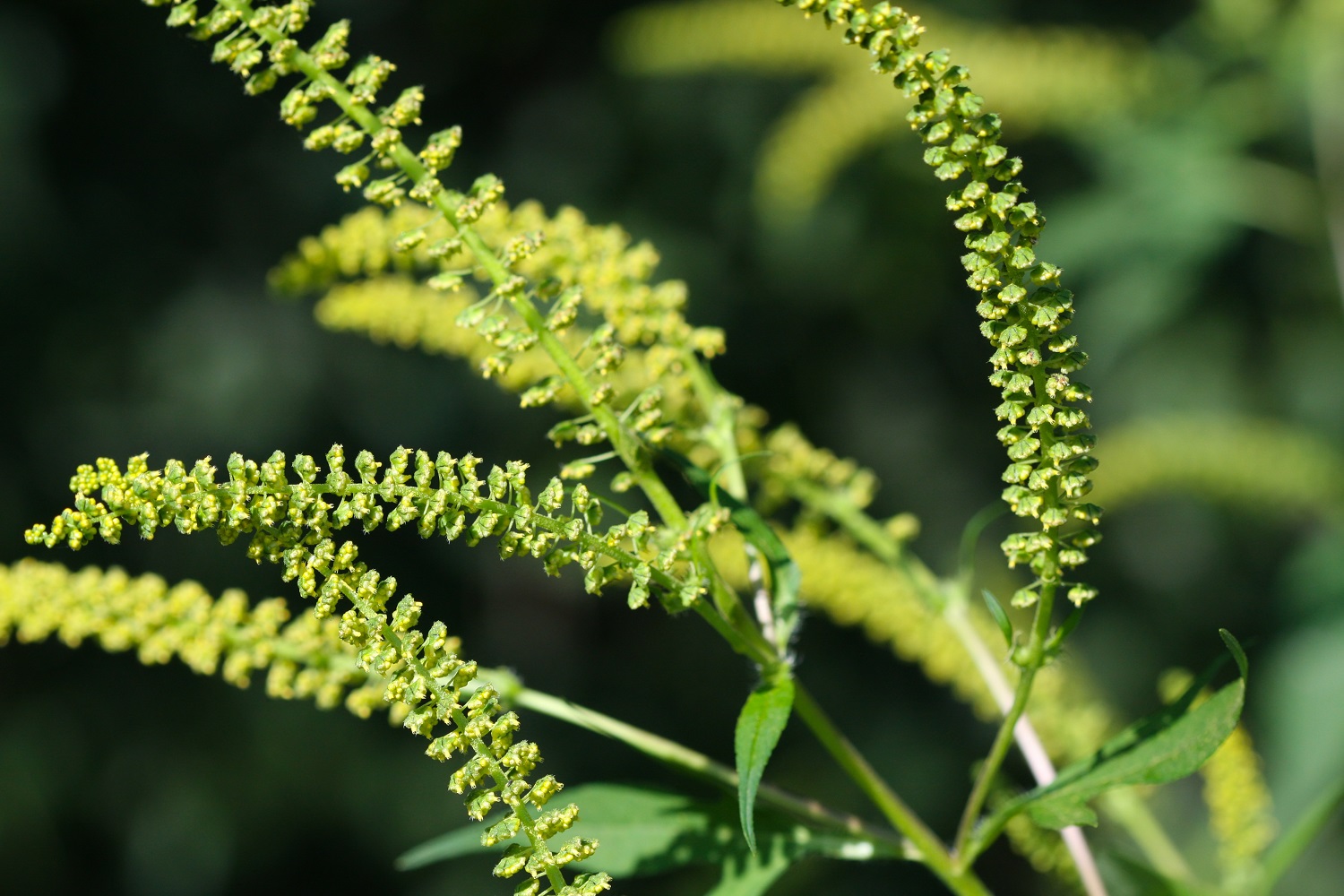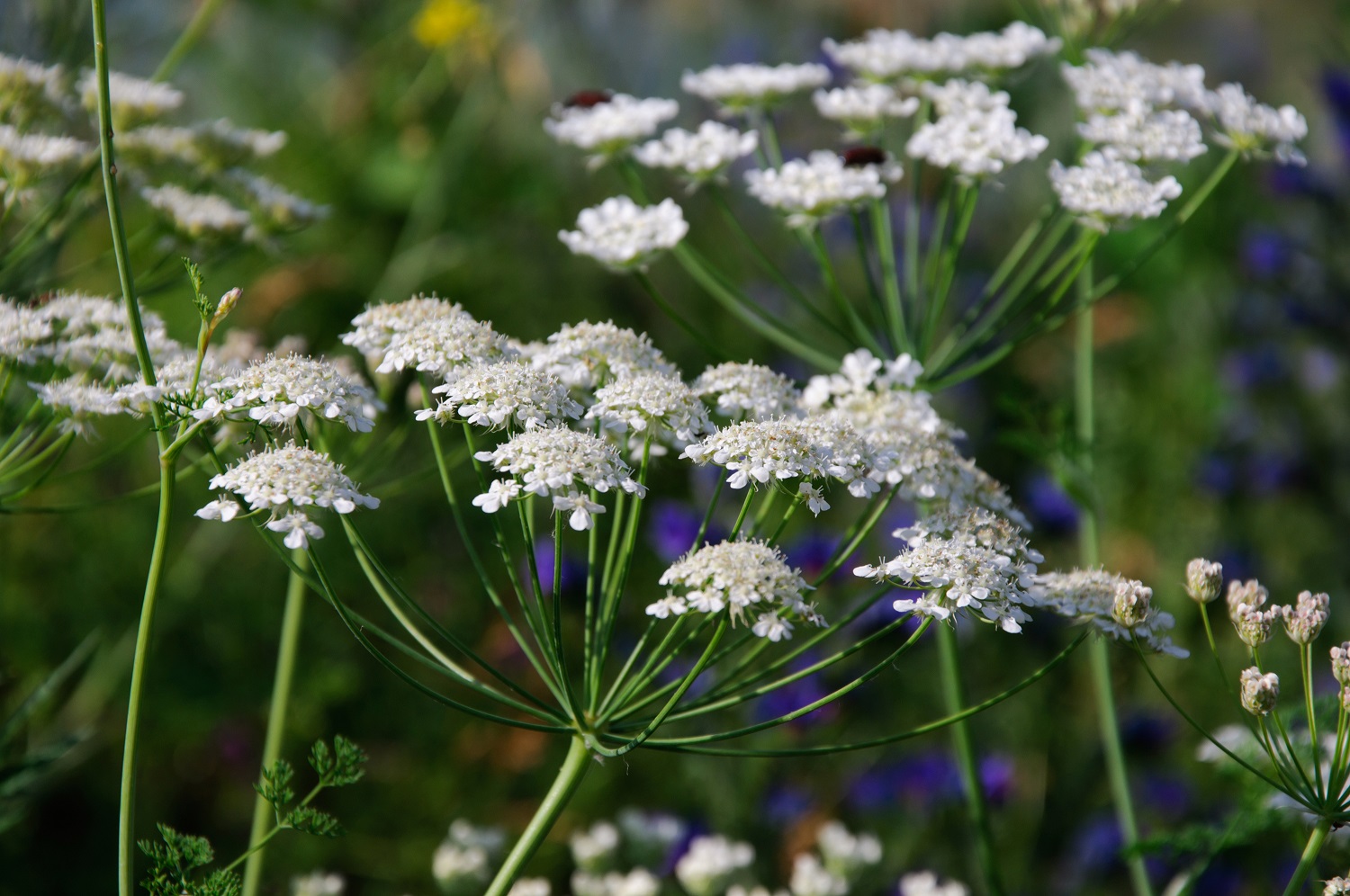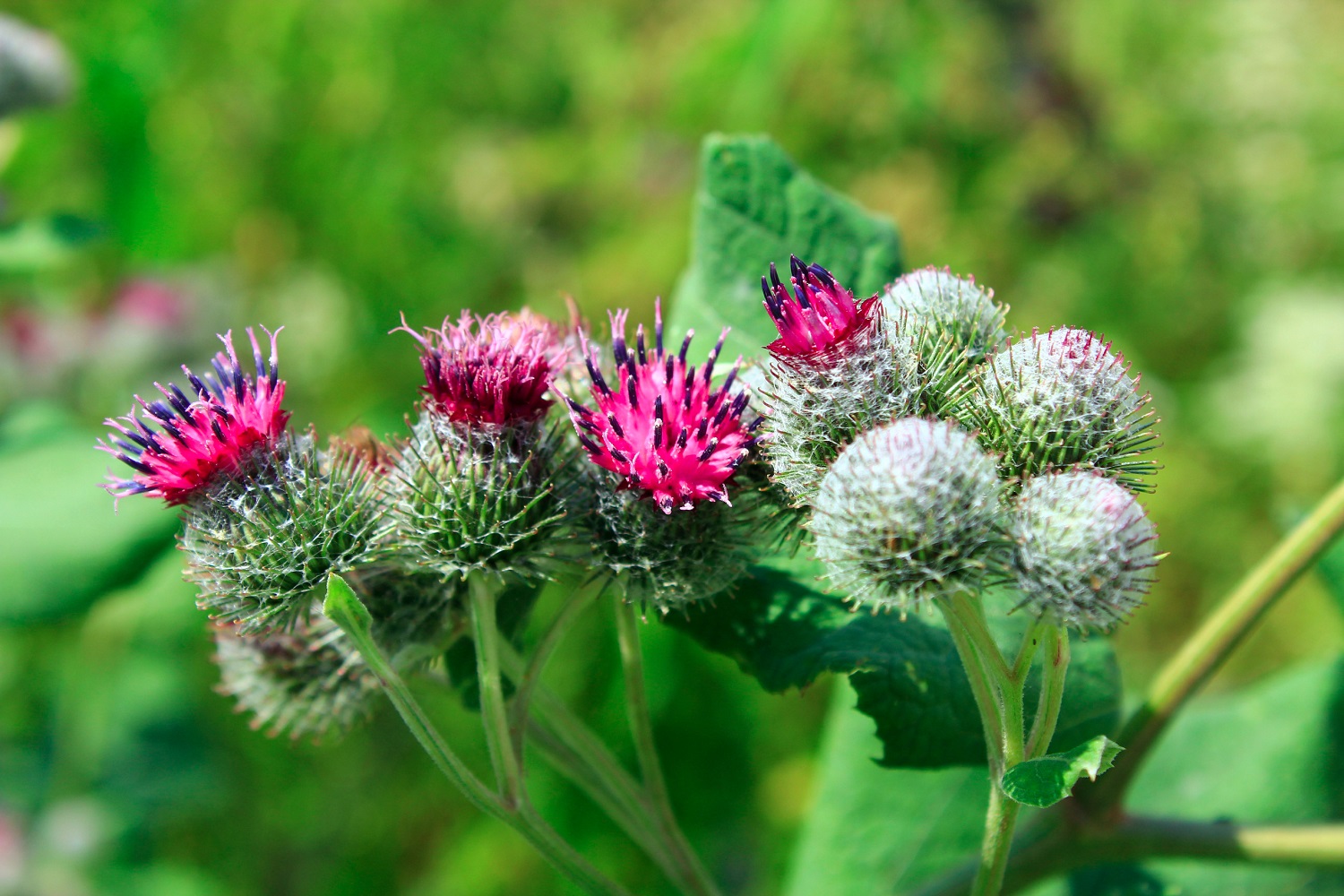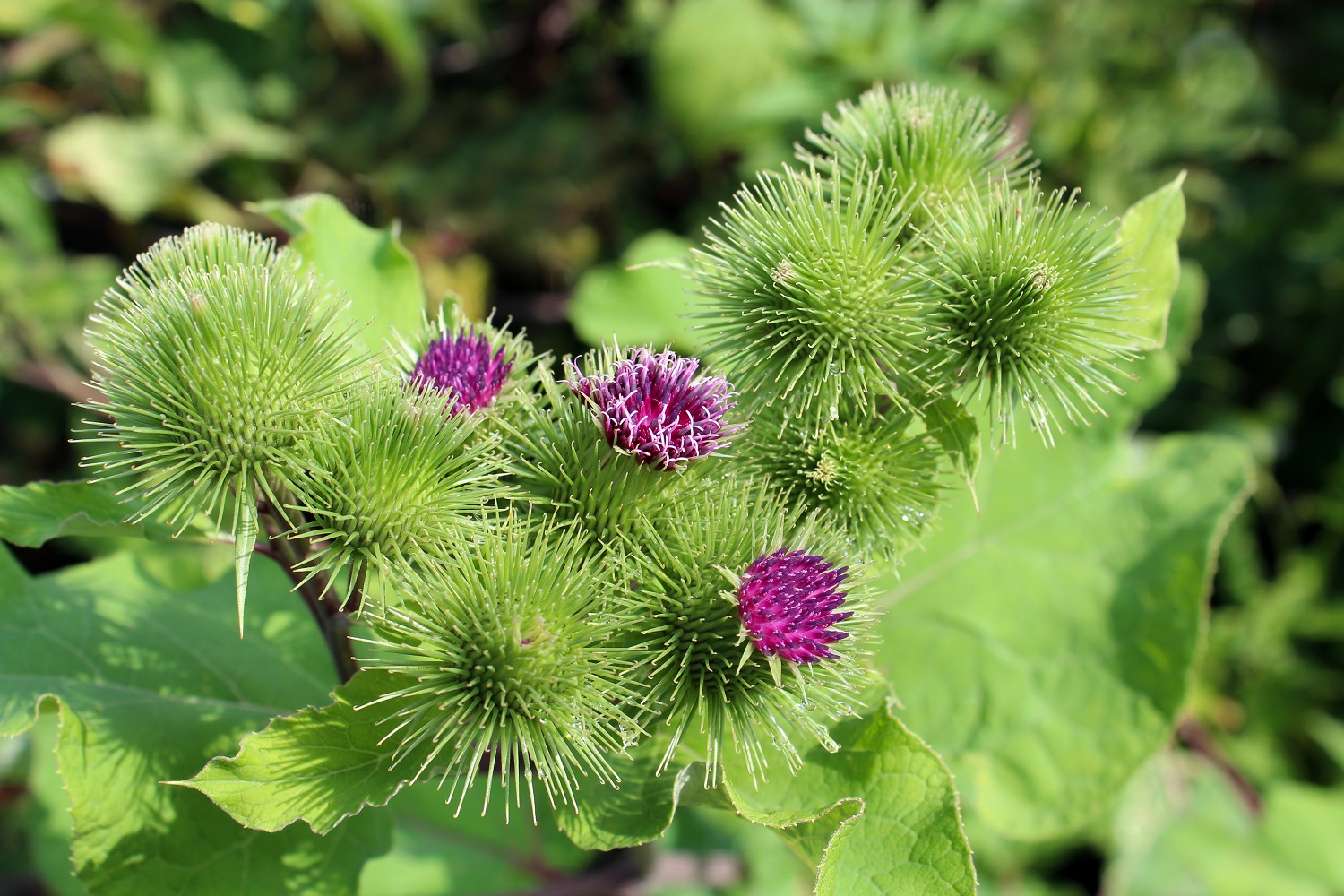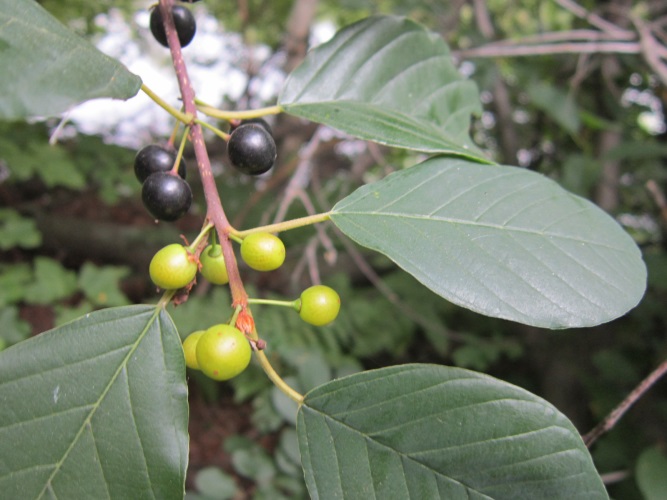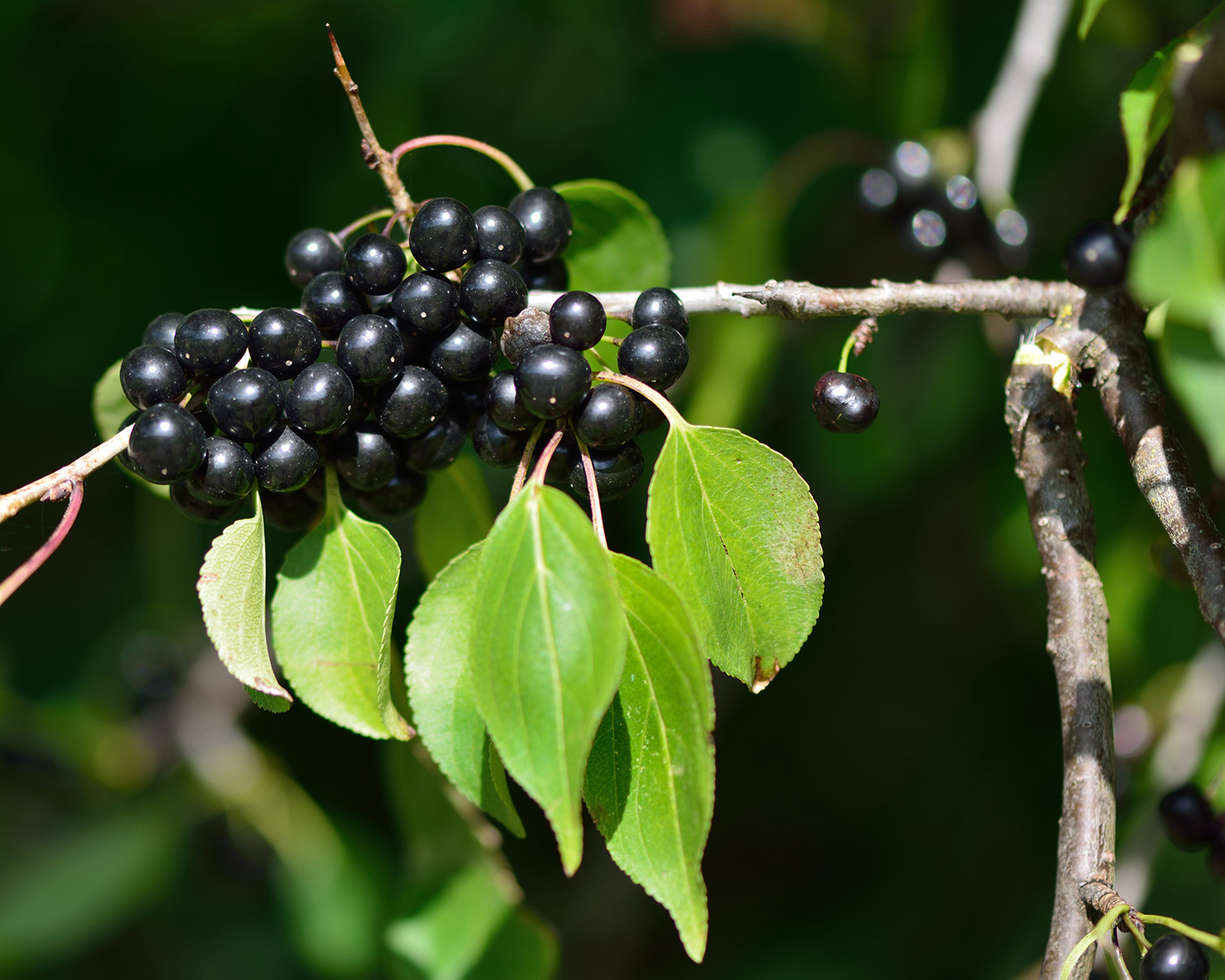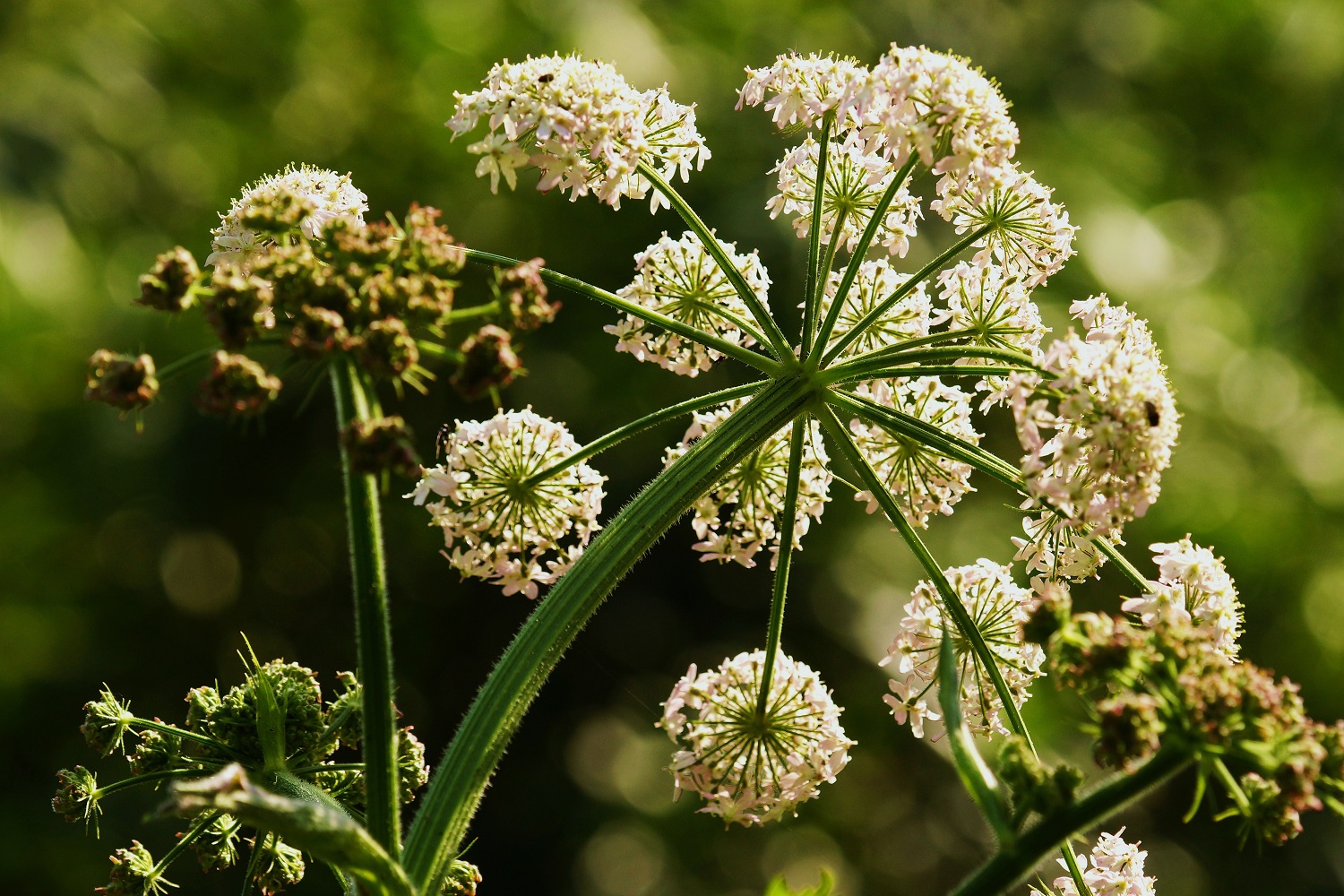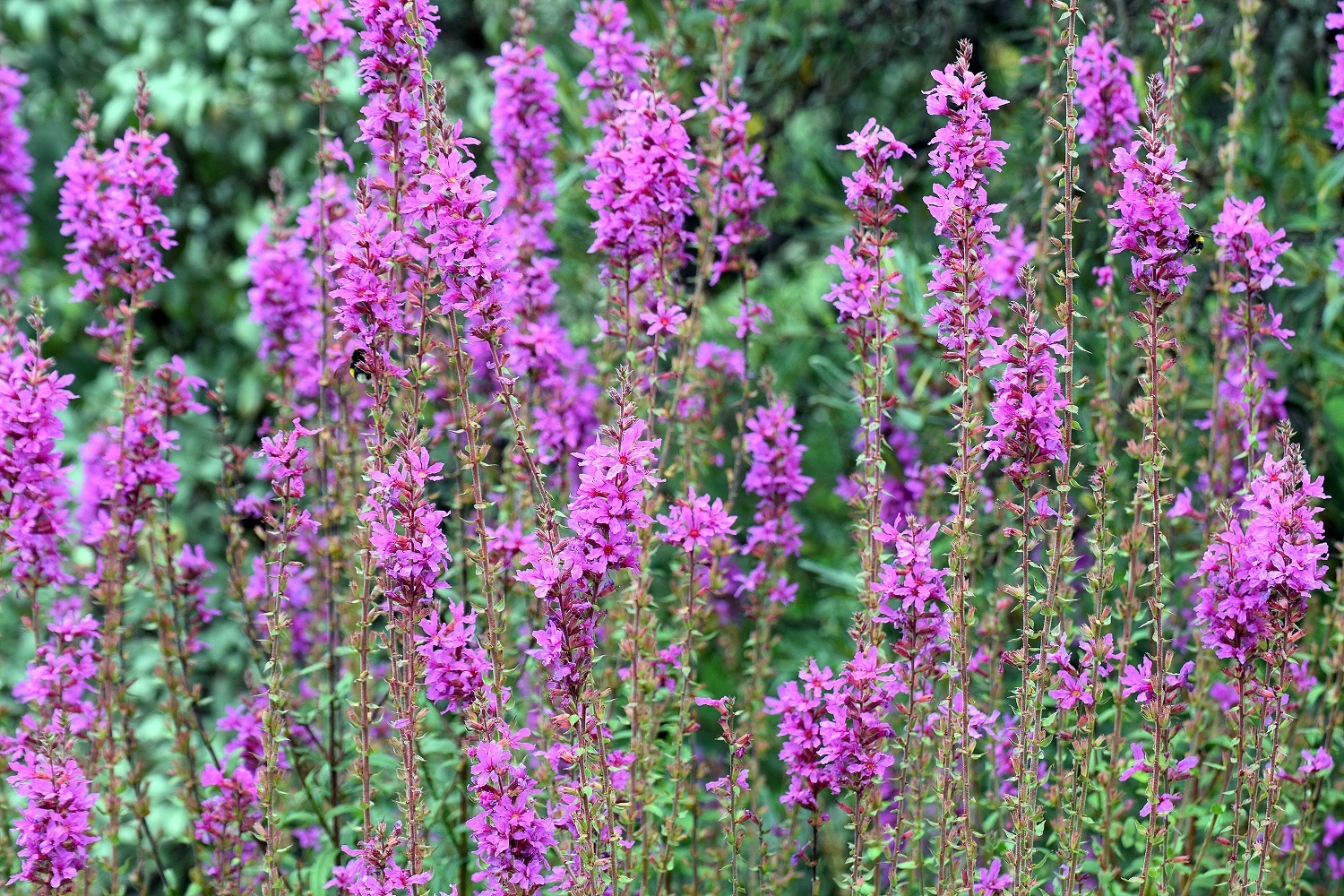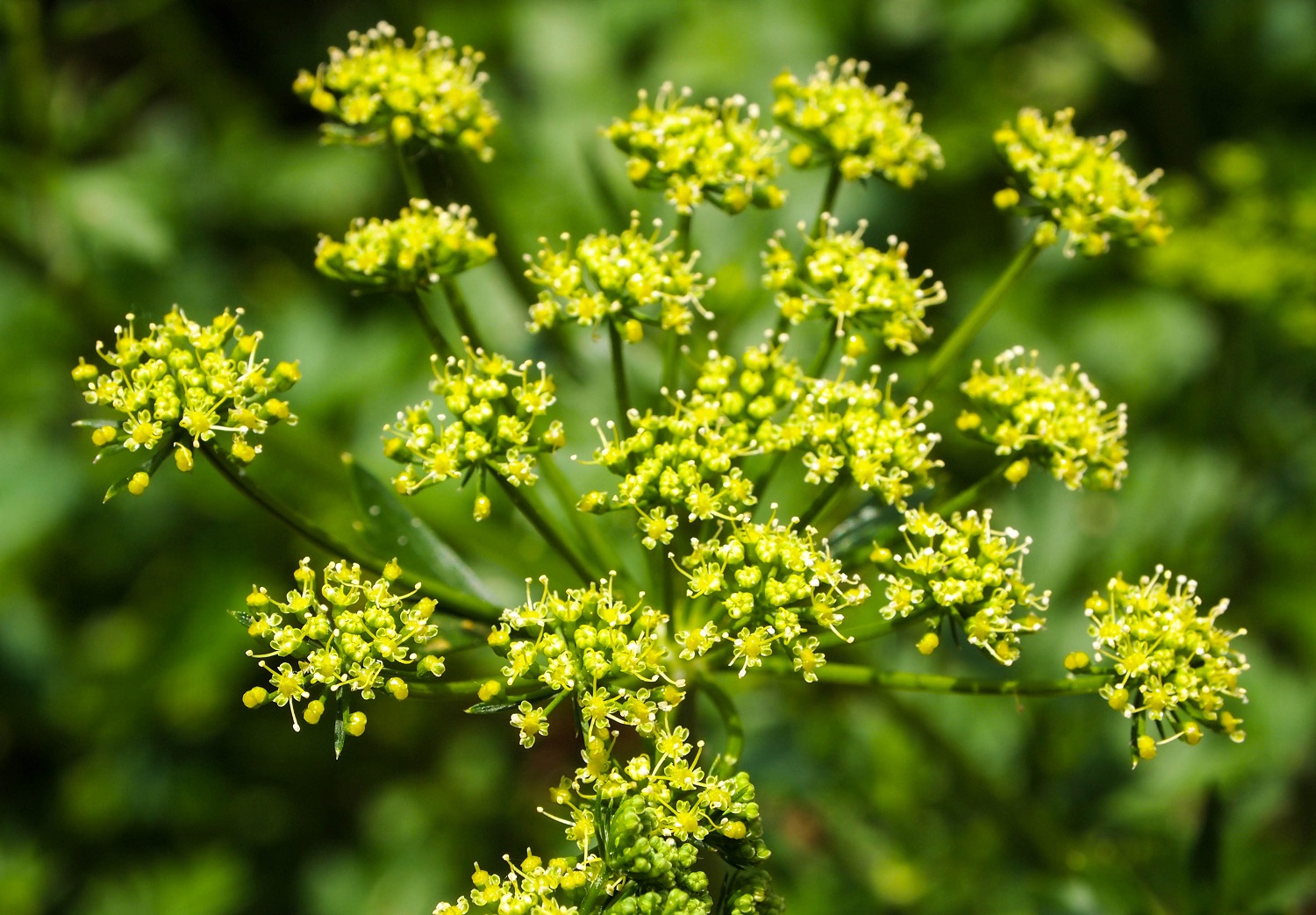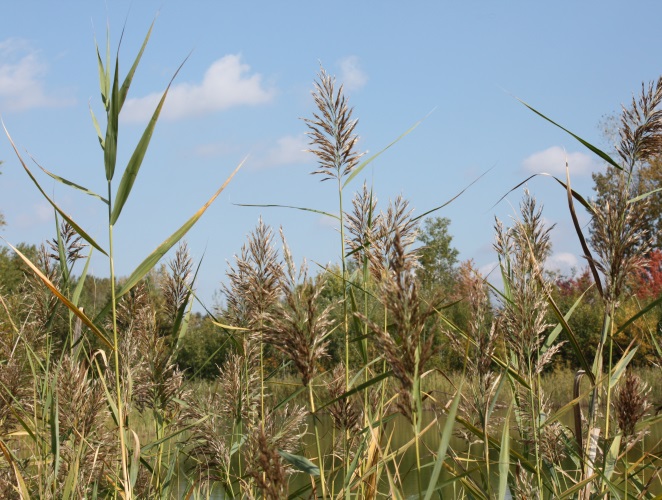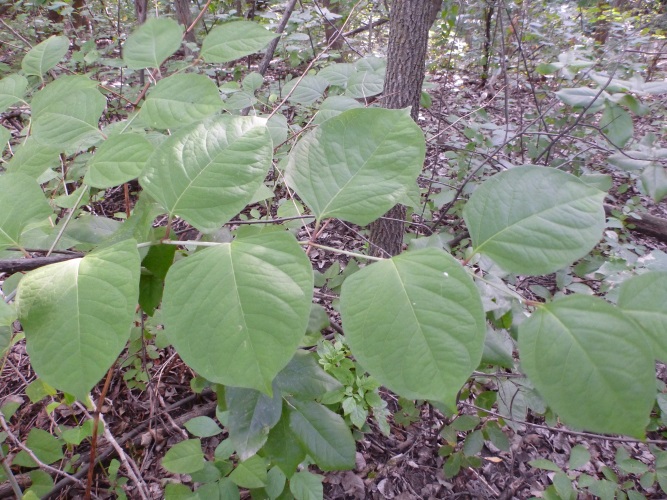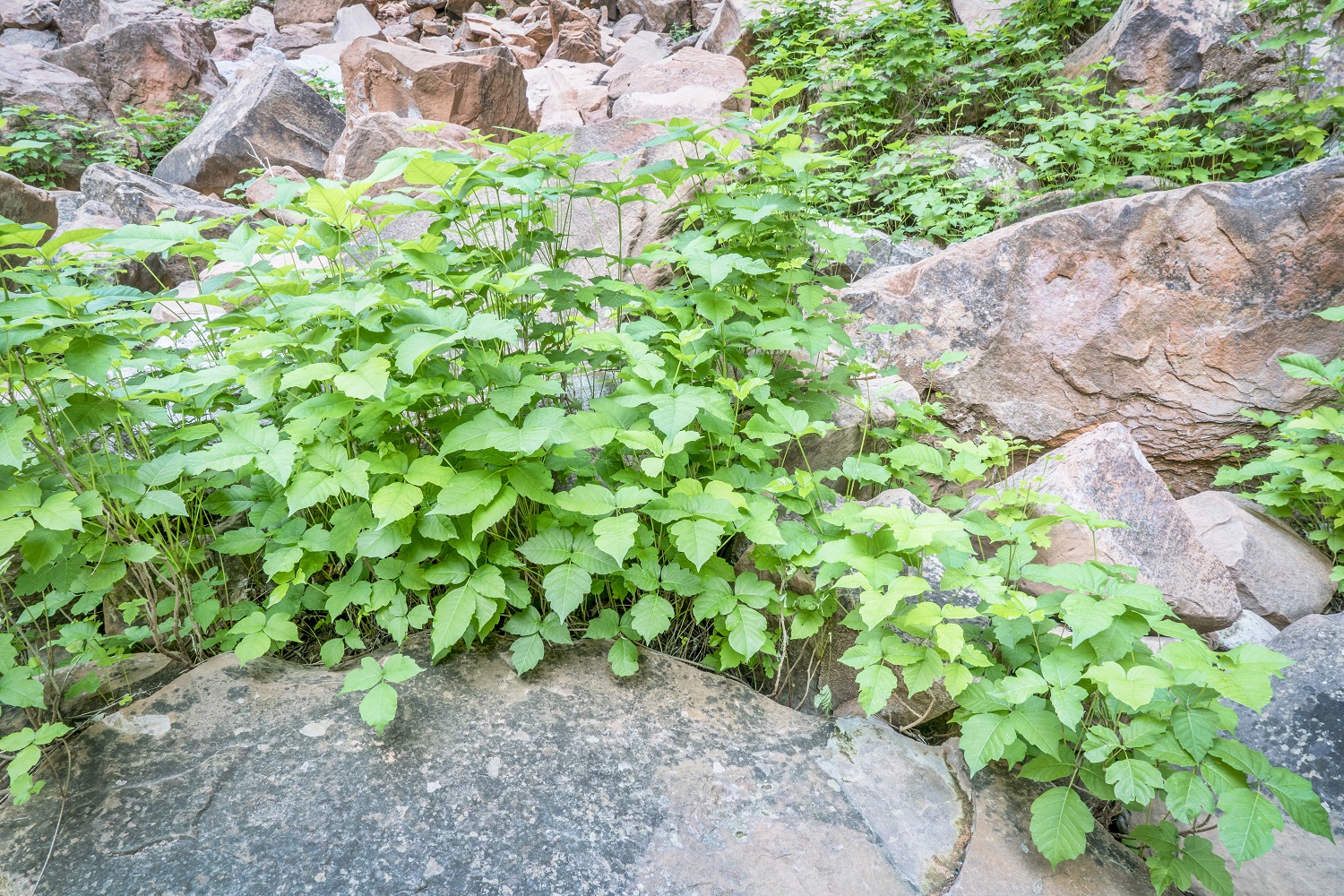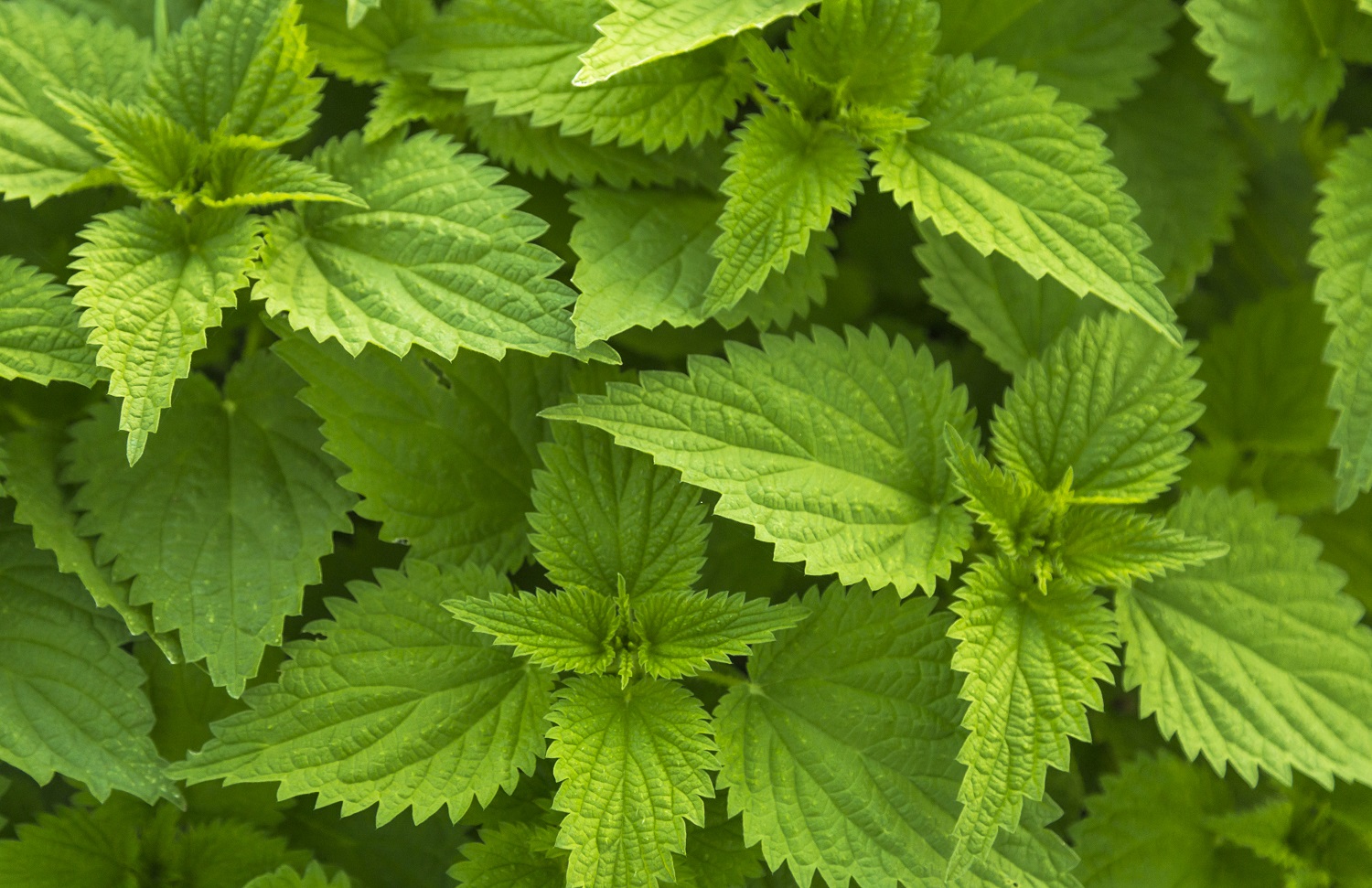| Environmental Columns
Planting natural gardens
As part of our vision focused on biodiversity, the municipal by-law has recently been amended to allow private natural gardens to be planted in front of residences throughout the city.
These natural gardens distinguish themselves with their combination of wild flowers (annuals or perennials), shrubs, and graminaceous plants laid out in such a way that it imitates a natural and undeveloped environment.
They are ecologically appealing and help protect native plant species, meaning those that are found naturally in the region. These native plants influence and preserve local biodiversity while acting as a means to adapt to climate change.
The ecological, natural gardens also attract pollinators, such as bees, butterflies, birds, and certain mammals, some of whose populations are in decline. Pollinators carry pollen from one flower to another, which helps transform flowers into fruit.
Consequently, natural gardens are an ecosystem where living organisms develop depending on soil conditions and local biodiversity. To illustrate this idea, think about leaves falling from trees in autumn that are left on the ground and decompose, acting as a natural fertilizer for the soil.
Owners of these gardens must remove all noxious plant species, such as allergic plants, invasive exotic plants, and toxic plants. A native plant garden requires owners to control plants with thorough and constant maintenance.
Here is a list of noxious plants:
- Goutweed

- Garlic mustard

- Common ragweed

- Great ragweed

- Wild chervil

- Common burdock

- Great burdock

- Glossy buckthorn

- European buckthorn

- Giant hogweed

- Purple loosestrife

- Wild parsnip

- Common reed

- Japanese knotweed

- Poison ivy

- Stinging nettle

The changes to the municipal by-law regarding natural gardens will allow the community to create unique environments focused on biodiversity.

